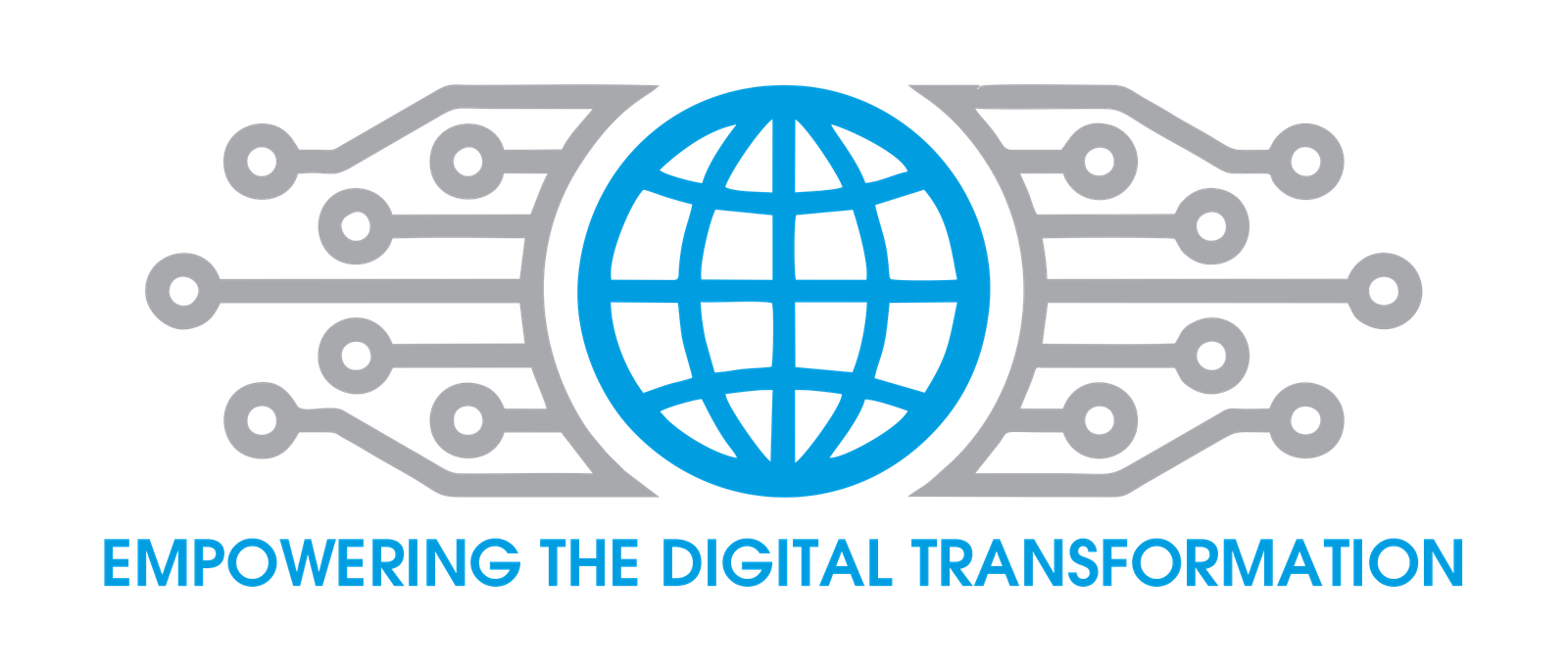WordPress has a web template system using a template processor.
WordPress users may install and switch between themes. Themes allow users to change the look and functionality of a WordPress website and they can be installed without altering the content or health of the site. Every WordPress website requires at least one theme to be present and every theme should be designed using WordPress standards with structured PHP, valid HTML and Cascading Style Sheets (CSS). Themes may be directly installed using the WordPress “Appearance” administration tool in the dashboard or theme folders may be uploaded via FTP. The PHP, HTML (HyperText Markup Language) and CSS code found in themes can be added to or edited for providing advanced features. WordPress themes are in general classified into two categories, free themes and premium themes. All the free themes are listed in the WordPress theme directory and premium themes should be purchased from marketplaces and individual WordPress developers. WordPress users may also create and develop their own custom themes if they have the knowledge and skill to do so. If WordPress users do not have theme development knowledge then they may download and use free WordPress themes from wordpress.org.
WordPress’s plugin architecture allows users to extend the features and functionality of a website or blog. WordPress has over 40,501 plugins available, each of which offers custom functions and features enabling users to tailor their sites to their specific needs. These customizations range from search engine optimization to client portals, used to display private information to logged-in users, to content management systems to content displaying features, such as the addition of widgets and navigation bars. But not all available plugins are always abreast with the upgrades and as a result, they may not function properly or may not function at all. Plugins transform WordPress into a powerful CMS and can be used for any kind of website, not only blogs. WordPress encourages developers to submit a plugin, either free or paid, to the depository subject to a manual review.
Native applications exist for WebOS, Android, iOS (iPhone, iPod Touch, iPad), Windows Phone, and BlackBerry.These applications, designed by Automatic, allow a limited set of options, which include adding new blog posts and pages, commenting, moderating comments, and replying to comments in addition to the ability to view the stats.

